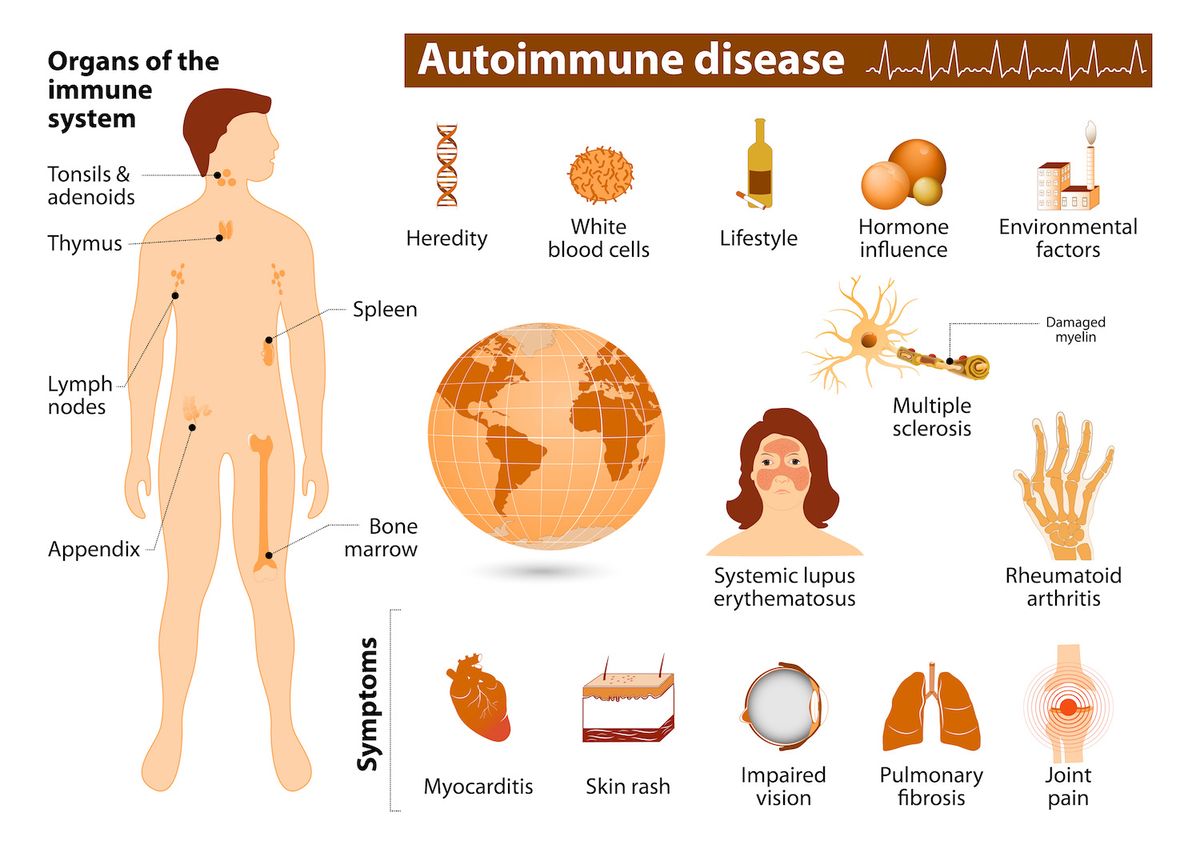Autoimmune Disease

An autoimmune disease can be challenging to diagnose and can affect up to one in four people in the United States. Over 80 illnesses are classified as autoimmune diseases, and most have no known cure. But they can be aggressively treated. More than 23 million people in the US are affected by some autoimmune disease. Research into the immune system continues to evolve, and doctors are learning more about what makes our bodies fight off foreign invaders.
Symptoms
Autoimmune disease is when the immune system attacks its tissues. The cause of this condition is unknown, although certain microorganisms or drugs can trigger changes in the immune system. People with specific genes are more likely to develop autoimmune diseases. Treatment options depend on the type of autoimmune disease but generally include immunosuppressive medicines (such as corticosteroids). Targeted drugs can also be used for some autoimmune diseases.
Usually, the immune system protects the body from bacteria, viruses, and other foreign invaders by producing antibodies to fight them. However, in some people, the immune system becomes confused and starts attacking healthy cells instead of foreign ones. This results in various symptoms, including an inability to fight germs and infections.
Diagnosis
Diagnosing autoimmune disease requires careful history, physical examination, and laboratory tests. Physicians may also perform biopsies or radiography as part of the diagnostic workup. The antinuclear antibody, or ANA, is a standard test for autoimmunity. This test detects antibodies attacking healthy proteins inside a cell's nucleus.
Symptoms of autoimmune disease are similar to symptoms of other conditions. For example, muscle aches can be a symptom of several different illnesses. Therefore, your doctor may have to consult several specialists to diagnose your condition accurately. Keeping your family's medical history in mind will also help your doctor make the correct diagnosis.
Diagnosis of autoimmune disease is sometimes difficult because of the complexities associated with the disease. Many people suffering from autoimmune diseases also have other unrelated symptoms that can mask the disease. It is, therefore, essential to keep a list of all the symptoms and list them in order of severity.
Treatment
Treating autoimmune disease involves targeting the various components of the immune system. These components include the innate and adaptive immune systems. The innate immune system is the first line of defense against infections caused by bacteria and viruses. It consists of molecules and cells at the site of infection. These cells and molecules produce cytokines, which regulate the immune response. The goal of treatment is to reduce the production of these cytokines.
Approximately 80 types of autoimmune diseases range in severity from mild to disabling. Women are particularly prone to developing autoimmune diseases, which are thought to be partially due to sex hormones. Fortunately, the symptoms of these diseases are often manageable.




